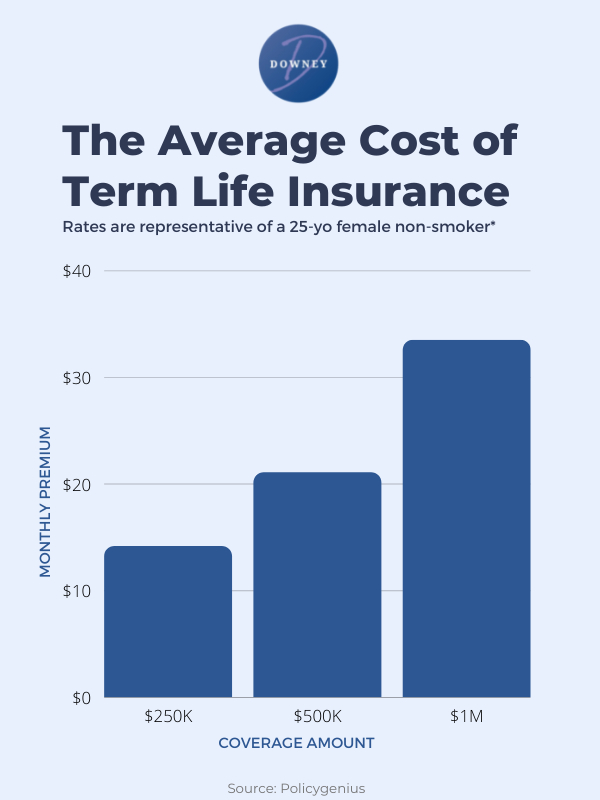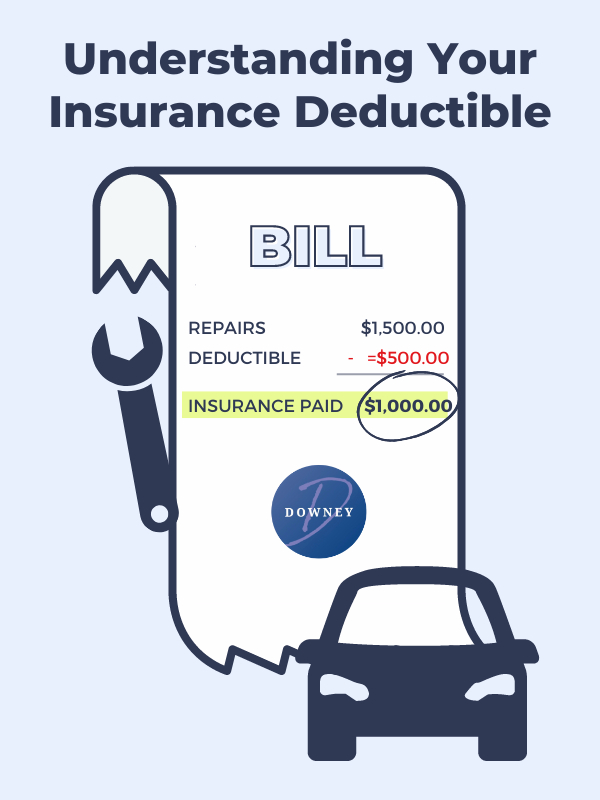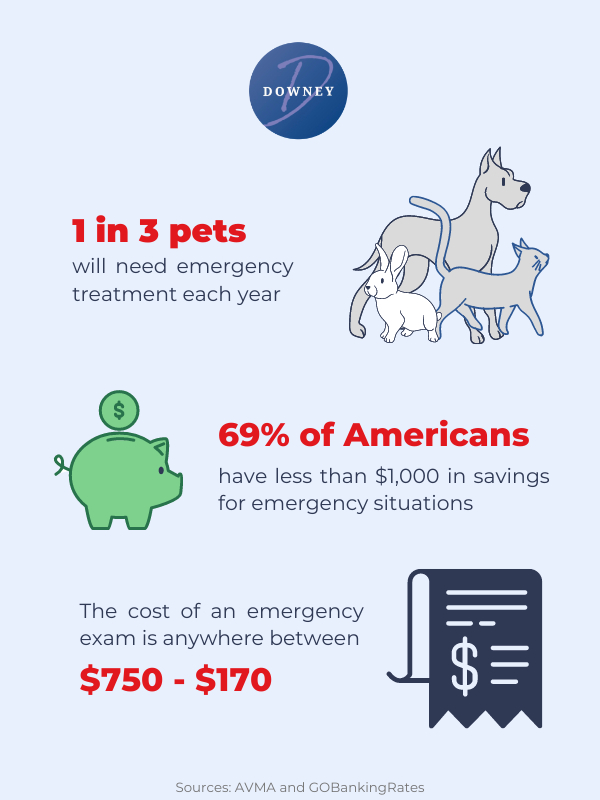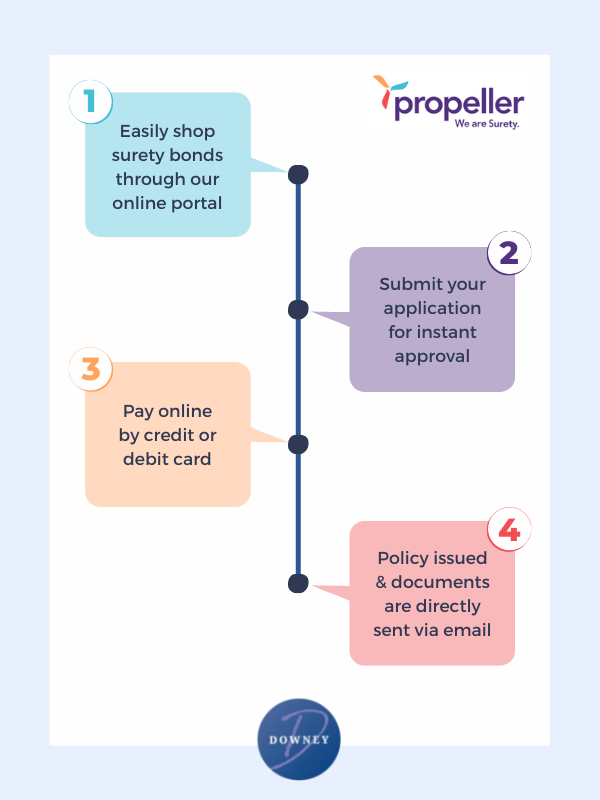
How to Purchase Life Insurance Like a Pro
The recent pandemic has raised a lot of interest in life insurance, and for good reason—it protects your loved ones financially should you pass away. Still, 54% of Americans have no plans to purchase a policy within the next year. This could be for a number of reasons.
Whether it be for financial reasons or mere uncertainty on how to obtain sufficient life insurance coverage, arming yourself with the know-how can make the process easier.
Types of life insurance policies
A life insurance policy is a financial contract that will pay out a death benefit to a beneficiary, or beneficiaries, upon the time of your passing. It’s intended to help your loved ones take care of your funeral costs and any living expenses in your absence. Many insurance companies will offer a range of coverage options to accommodate a variety of lifestyles and life changes.
There are 3 types of life insurance policies:
1. Term life insurance — This is the most common form of coverage. It will provide a level death benefit for a set period of years (i.e. 10, 20, or 30). If you need additional coverage by the time your policy expires, you’ll need re-apply with your insurer.
2. Permanent life insurance — Unlike term life insurance, this type of coverage lasts your entire life and will often include a cash accumulation option that you’ll be able to access while you are still living. The premium is more expensive than other policies, but this option offers a fixed rate of return on cash value and set premiums that don’t fluctuate.
3. Group life insurance — This coverage option is typically provided through an employer and typically only pays out one or two times the amount of your annual income. If you are the main source of income for your household, this may not be enough to support your family financially. It’s common for coverage to cease if you leave the company.
Understanding the types of life insurance policies available to you will help you determine which coverage options best fit your needs. Having too little or too much can hurt you financially, not to mention, leaving your family without a paddle in an already stressful and overwhelming time.

Avoid tackling the search without an advisor
Your life insurance policy should be a part of a comprehensive financial plan as it’s an investment in your and your family’s future. If you’re unsure of where to start, or confused by the legal jargon, it’s best to consult with an insurance advisor and/or financial professional. They will outline each policy’s terms and conditions, go over the fine print, and work with you to find the best possible coverage.
Additionally, they’ll help you to weigh the pros and cons of purchasing a life insurance policy now versus prolonging obtaining one. A common mistake that many make is putting off going through the process of buying a policy.
This can result in higher premiums because your health and age play a huge role in determining your rate and coverage eligibility. As you age, you become more likely to develop health issues. Purchasing a life insurance policy earlier in life will result in more affordable coverage.
Keep your life insurance policy updated
The minimum policy term is 10 years and a lot can happen during this time. You might marry or go through a divorce. Maybe you added a few new additions to your family or have taken on the sole responsibility of caring for your parents. Divorced or remarried? You’ll also need to update your beneficiary to reflect those changes. Failing to do so means that any funds paid out by your life insurance won’t go to your current partner, leaving your loved ones in a financial bind.
Take away
Life insurance is put in place to provide financial protection for your family when they need it most. It’s a way for you to support them in death. By rendering financial relief, your loved ones can carry on without worrying about how they’ll be able to afford to do so. You should also consult with an independent agent to assist you in finding the right amount of coverage to fit your needs which will help to ensure that your family has an adequate financial safety net should you pass away.
Contact us today and learn more about how a life insurance policy can benefit your family.










